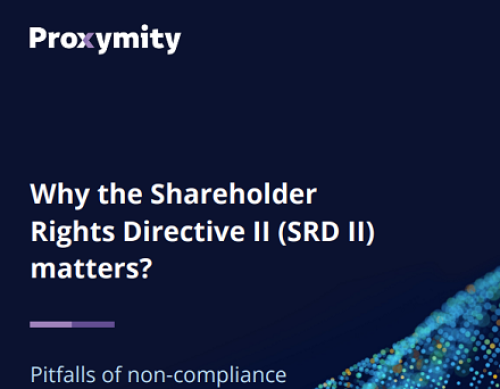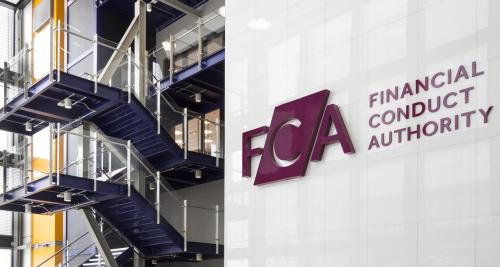When Mifid II came into effect last January it caused a significant disruption of the investor marketing landscape, with the largest public companies in the world participating in two or three fewer conferences in 2018 than in the previous year, according to data from Nasdaq IR Insight.
On average, mega-cap companies participated in 12 conferences in 2018, large caps participated in nine, mid-caps participated in seven and small caps participated in five, the research states. For both mega- and large-caps, this represented an average fall in attendance of two to three conferences, while the number was flat for mid and small-caps.
The data comes from an analysis by Nasdaq of the 400,000 investor interactions it tracks through its IR Insight platform.
Mike Stiller, co-head of strategic capital intelligence at Nasdaq IR Intelligence, says issuers have commented on a decline in conference quality since Mifid II came into effect. ‘We talk to clients who say they’re getting less out of conferences than they used to,’ Stiller tells IR Magazine. ‘It comes down to who is in the room. Clients tell us that they see a lot of the same people over and over again. The onus is on IR teams to find new people to talk to.’
Although large public companies can afford to attend fewer conferences because they have a large number of analysts covering their stock and don’t want for marketing opportunities, Stiller suggests that mid- and small-caps need to make the most of all marketing opportunities available to them.
‘Small- and mid-caps have to find any possible way to tell their story,’ he says. ‘They will take any opportunity to go to an event to get out in front of investors.’
A separate analysis from Rose & Co in December 2018 found that the number of sell-side conferences announced for Q1 2019 was 17 percent lower than in Q1 2018.
Direct engagement
According to Nasdaq’s analysis of its own data, investor marketing is as consistent and concerted as previous years, but two thirds of all in-person investor meetings are happening outside of sell-side conferences.
Stiller says this is down to an uptick in direct engagement. He adds that he has observed an increase in IROs with a sell-side or financial planning and analysis background – individuals who may have a more intimate knowledge of how the buy side works.
‘There are new people in the IR seat, and they know how the machine works,’ Stiller says. ‘They know how the sell side operates, but they also know the key accounts on the buy side and the people to talk to in their sector.’
To better understand investor targeting, Stiller and his team analyzed how much time is spent engaging with existing versus prospective holders. Large-cap companies spend an average of 55 percent of their outreach with prospective shareholders on average, while mid caps spend 67 percent and small caps spend 77 percent of their time on targeting potential new investors.
It takes, on average, two meetings over two quarters to bring in a new investor, according to Nasdaq’s analysis. Management must be present during at least one of those meetings, it states. Although meeting with more selective prospective investors can be time consuming, Stiller says that it can be worth it to the IR team. For investors that took five meetings before entering the stock, that average investment is close to an average of $140 mn.
Topics that IR teams have historically sought guidance from the sell side on are understanding how many meetings it may take for an investor to take a position, or who should attend those meetings. But Stiller says that in the future, digitally-savvy IROs will be able to find this information through providers such as Nasdaq and its peers.










